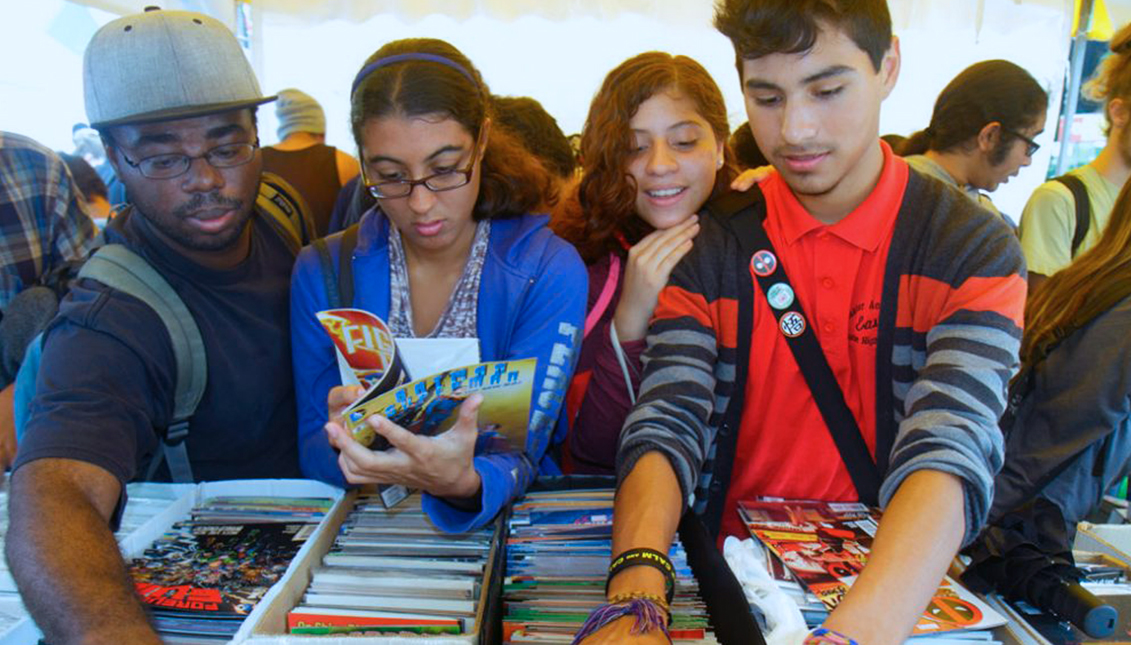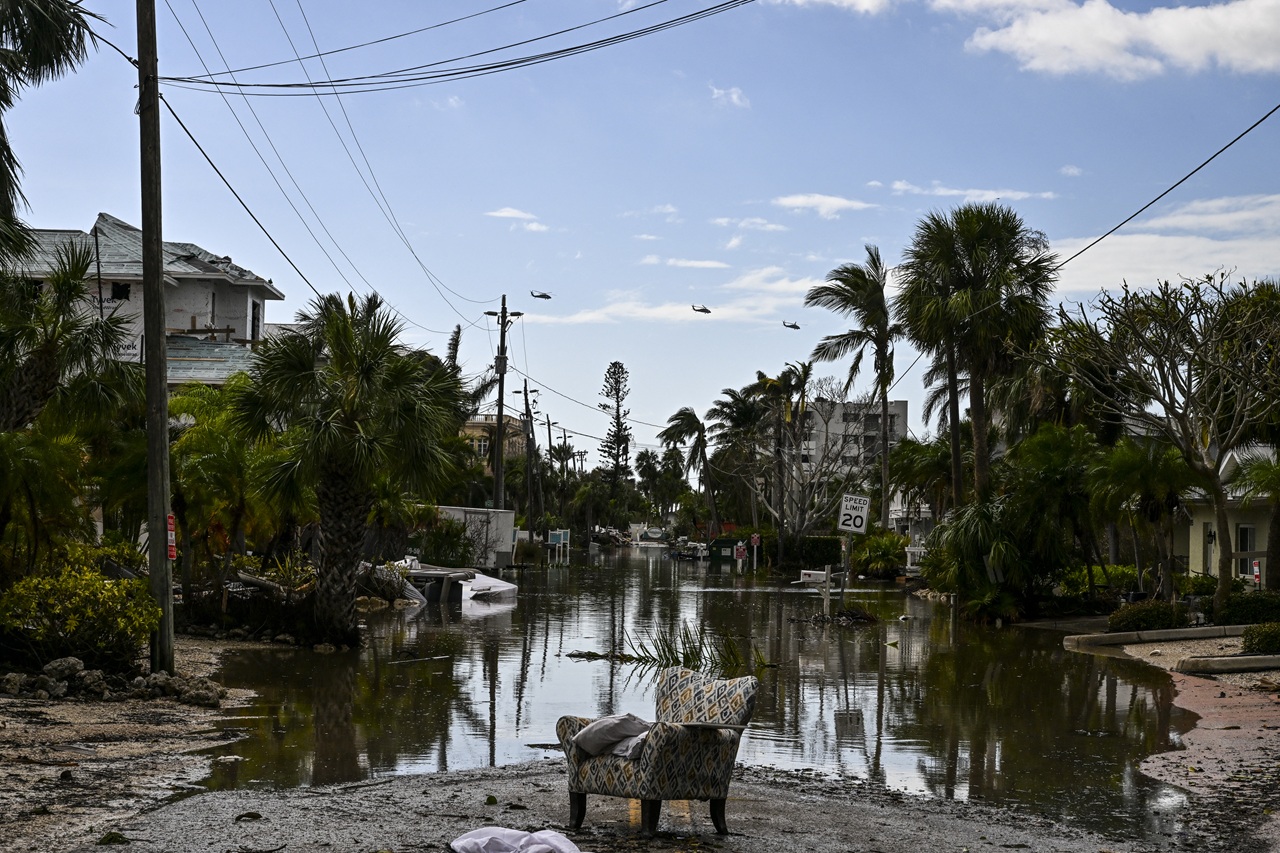
For Black and Latinx students, Covid threatens enrollment rates
College enrollment rates among underrepresented students were on the rise against all odds, but then came a global pandemic.
For the past 40 years, universities have been raising tuition prices at a rate faster than inflation. By definition, the value of a college education has become less “worth it.”
However, nowadays there is incredible value put on higher education. It is necessary in most cases to attain a livable job, or a specialized career, and the value of knowledge on its own is incalculable.
This year, a global pandemic has highlighted the gaping flaws of worth in the U.S. system of higher education.
Universities adopted remote learning systems, raising the question as to whether the method of instruction has indeed become less valuable as a virtual experience. Yet schools are not lowering prices.
While some universities have offered a fee reduction to recognize the loss in-person teaching, most have not.
This would go against their nature.
Universities want to be elite institutions for elite students. This is illustrated in the number one metric schools use to rate themselves — the “acceptance rate,” which is based on how many students a school rejects.
A 2015 report found even the most elite institutions, including Ivy Leagues, send letters encouraging many students to apply, though the odds of most students being accepted are miniscule.
Schools encourage students to apply, just to turn them down, and keep their acceptance rates low.
It’s a flawed system, but in recent years, Black and Latinx students had been making strides despite its design.
These students, largely first-generation and low-income, have been historically underrepresented within higher education for all of its existence.
But this isn’t an issue that can be fixed from the top-down.
The higher education system, put simply, has issues. But there lies the larger issue of why a lot of students need there to be affirmative action to be better represented within a student body.
Affirmative action, is a means of righting the wrongs of the system. But it’s a top-down approach, and even with it, rates aren’t where they should be.
This goes back to funding in disadvantaged communities and high schools.
For the last few years, community and business groups around the country have been pushing schools and colleges to improve high school graduation and college enrollment and completion rates, especially among low-income Black and Hispanic students. These groups were making measurable progress.
Underrepresented students were enrolled at institutions of higher education in historic numbers.
Before the pandemic, the proportion of Black students nationwide who graduated high school on time rose by 13 points in the 2017-18 school year from 2009-10, according to the National Center for Education Statistics.
For Latinx students, this rate also increased from 71% to 81%, reported Wired.
These figures correlate with the rate of Black and Latinx students aged 18-24 who enrolled in college, which also increased along with the rate at which they earned degrees.
But then the pandemic hit.
Inside Higher Ed found Common Applications from first-generation students and those eligible for application fee waivers were down 16% through Nov 2. The Common Application altogether received 8% fewer applications in the same timeframe compared to 2019.
Applications are also on the decline.
RELATED CONTENT
More sharply than any other group, Black enrollment has been on the decline since the onset of COVID-19, according to the National Student Clearinghouse Research Center.
Latinx and Hispanic enrollment, which rose last fall, also declined a year later.
The University of California system recently announced it had offered a record number of Latinx student admission to its campuses for the 2020 school year. Latinx students now make up the UC’s largest ethnic group of admitted freshmen, at 36%.
However the UC did not disclose how many of those students indicated they will actually enroll. In conjunction with a pandemic, the switch to online classes, the increased cost of education, and the questioning of worth that comes with the situation, some UC campuses are expected to see enrollment drops this fall.
Not to mention, Latinx students of Color are often first-generation students, facing language barriers at home, and an expectation from their families to make the lucrative decision.
Actual enrollment numbers will be released in December.
Then comes the issue of financial aid. Without it, many students cannot afford to attend university.
A recent study by the National Association of Student Financial Aid Administrators found nearly 70% of financial aid officers at colleges and universities say students have been asking for more aid due to financial hardship than they did in previous years.
FAFSA completion rate itself is down 10% from last year, indicating possibility for a correlation between a drop in application, enrollment, and financial aid applications, with the pandemic which brought a doubt of higher education among underrepresented students.
One group not experiencing a decline in enrollment are historically Black colleges and universities (HBCUs), which are actually seeing a 2.4% increase.
HBCU leaders credit this with high student compliance with social distancing and mask wearing, and they are reporting lower COVID-19 infection rates. College leaders partly credit their students’ awareness of the toll of the pandemic on Black, Latinx and Indigenous communities.
Increased funding, and investment in historically Black and BIPOC communities and educational institutions is the way forward. Universities may choose to lower costs in the future, though their exclusive nature based on competition with other universities may inhibit the desired help.
The issue is with the increased uncertainty regarding the worth of education and knowledge. As a nation, this is where we are.











LEAVE A COMMENT: